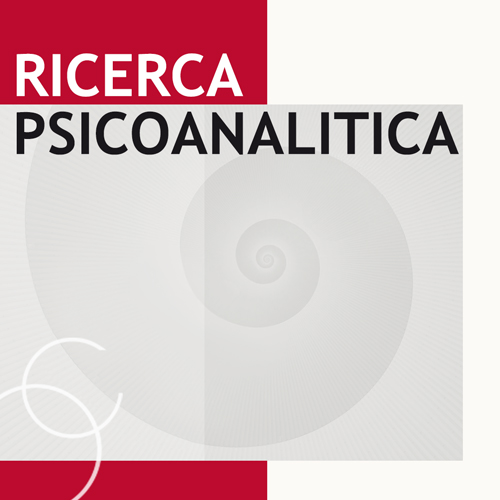The world of hysteria

Submitted: December 22, 2022
Accepted: March 28, 2024
Published: August 28, 2024
Accepted: March 28, 2024
Abstract Views: 1348
PDF (Italiano): 227
PDF: 256
PDF: 256
Publisher's note
All claims expressed in this article are solely those of the authors and do not necessarily represent those of their affiliated organizations, or those of the publisher, the editors and the reviewers. Any product that may be evaluated in this article or claim that may be made by its manufacturer is not guaranteed or endorsed by the publisher.
All claims expressed in this article are solely those of the authors and do not necessarily represent those of their affiliated organizations, or those of the publisher, the editors and the reviewers. Any product that may be evaluated in this article or claim that may be made by its manufacturer is not guaranteed or endorsed by the publisher.
Similar Articles
- Gabriele Lenti, The dynamic recursive hologram for a topos of the relational in psychoanalysis , Ricerca Psicoanalitica: Vol. 33 No. 3 (2022)
You may also start an advanced similarity search for this article.

 https://doi.org/10.4081/rp.2024.745
https://doi.org/10.4081/rp.2024.745




